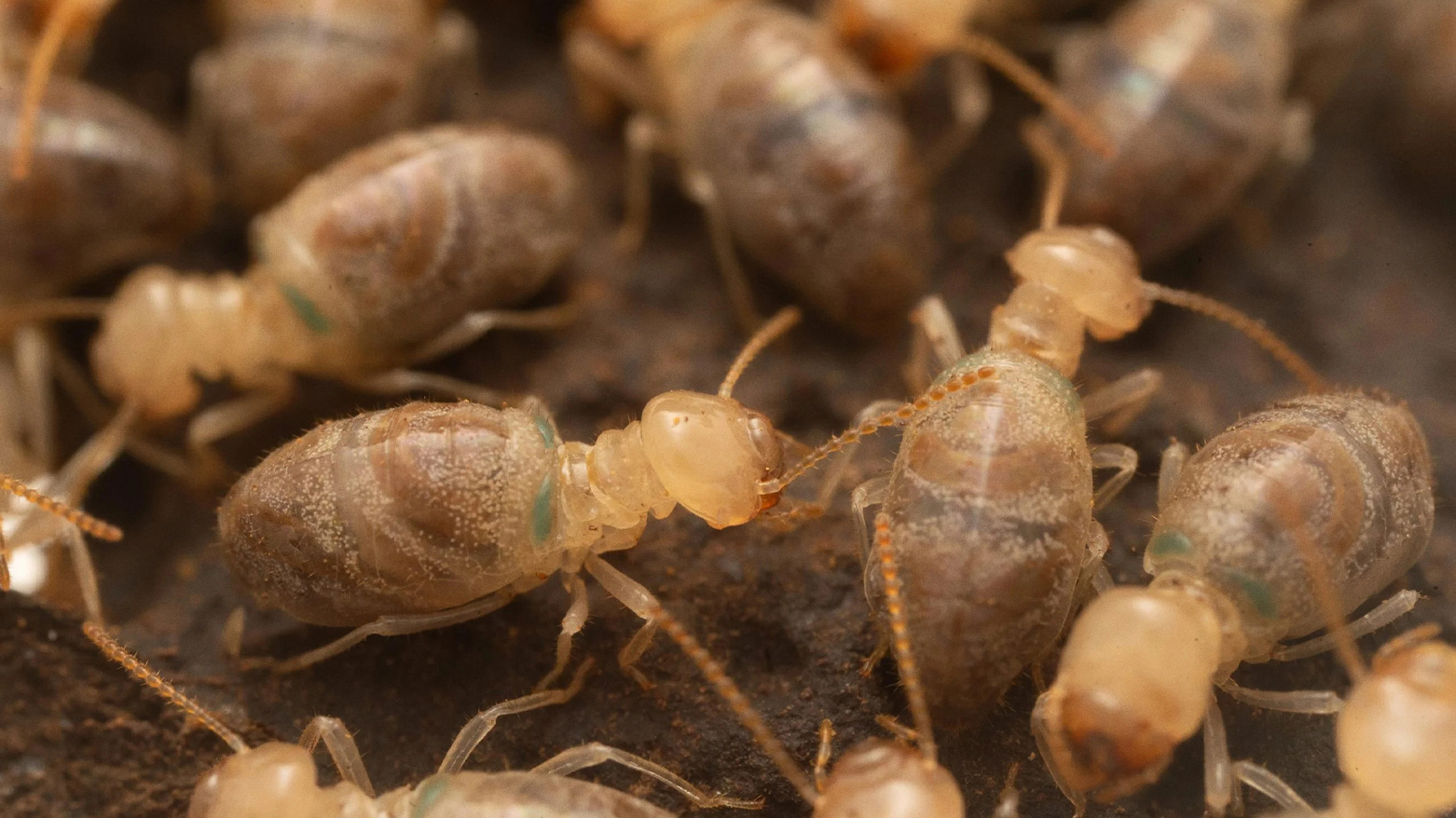Explosive Sacrifice: Termites Found to Self-Destruct in Defense of Colony
When the colony is under attack, older worker ants intentionally trigger a chemical reaction, releasing a highly toxic and sticky substance that explodes upon contact with enemies.

ERBIL (Kurdistan24) - In a groundbreaking discovery, Czech entomologists have unveiled a previously unknown defense mechanism in a species of termite.
When faced with threats to their colony, these termites engage in a remarkable act of self-sacrifice, detonating their own bodies to protect their fellow insects.
Researchers from the Czech Academy of Sciences and the University of Life Sciences in Prague have identified the Neocapritermes taracua species as possessing a unique explosive substance within their bodies.
When the colony is under attack, older worker ants intentionally trigger a chemical reaction, releasing a highly toxic and sticky substance that explodes upon contact with enemies.
The study, published in the scientific journal Structure, reveals that this defense mechanism is unparalleled in the insect world. By sacrificing themselves in this manner, these termites effectively deter predators and protect their colony from harm.
The researchers have uncovered the underlying mechanism behind this extraordinary behavior. Older worker ants carry specialized vesicles on their backs containing a potent enzyme.
When threatened, they rupture these vesicles, allowing the enzyme to mix with another substance stored within their bodies.
This reaction creates a highly toxic compound that explodes, both killing the ant and incapacitating its attacker.
What makes this discovery even more remarkable is the longevity of this explosive substance within the termite's body. The researchers have determined that the enzyme remains stable and active throughout the termite's life, ensuring that it is always ready to be deployed in defense of the colony.
This research sheds new light on the complex social behaviors and survival strategies of termites, and it highlights the incredible diversity and adaptability of the natural world.